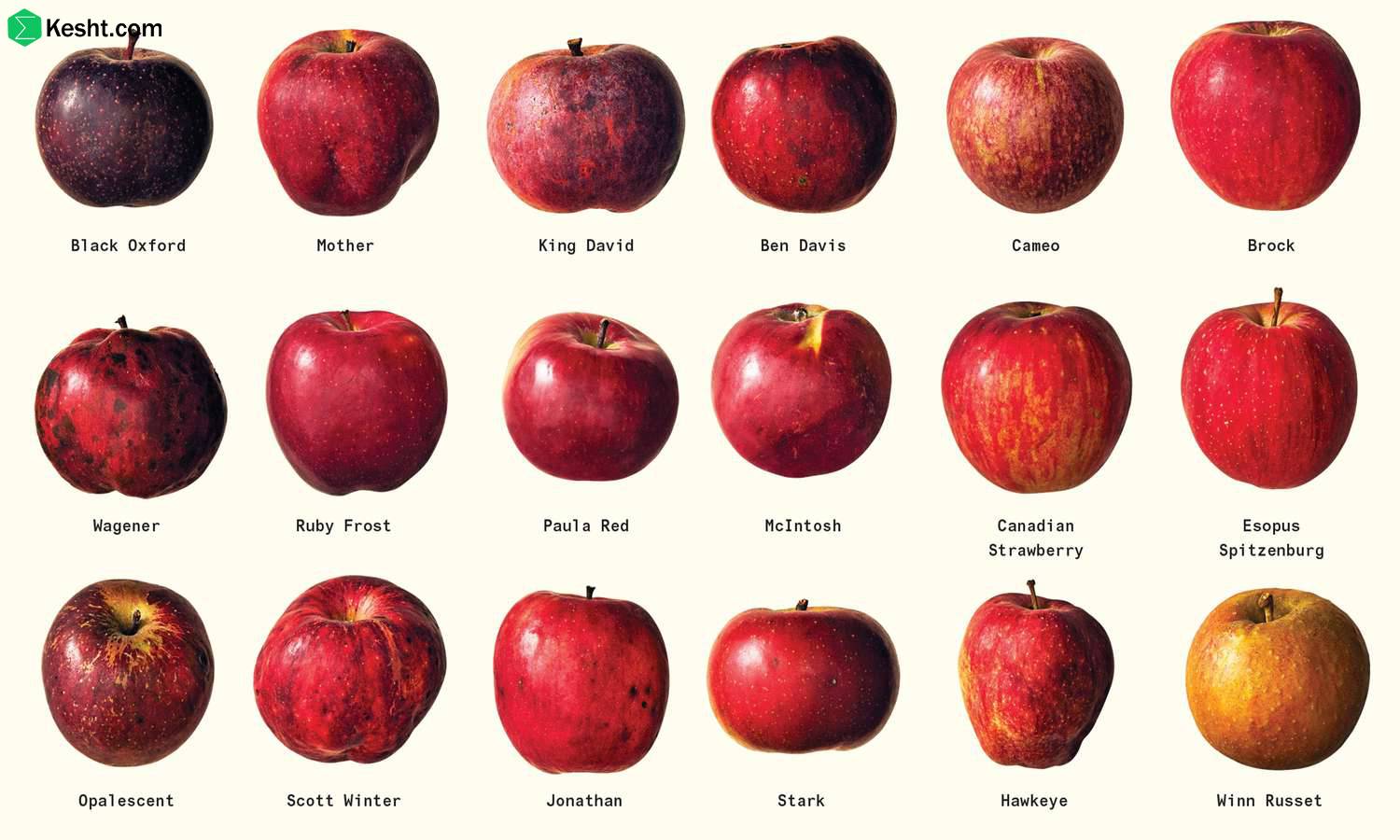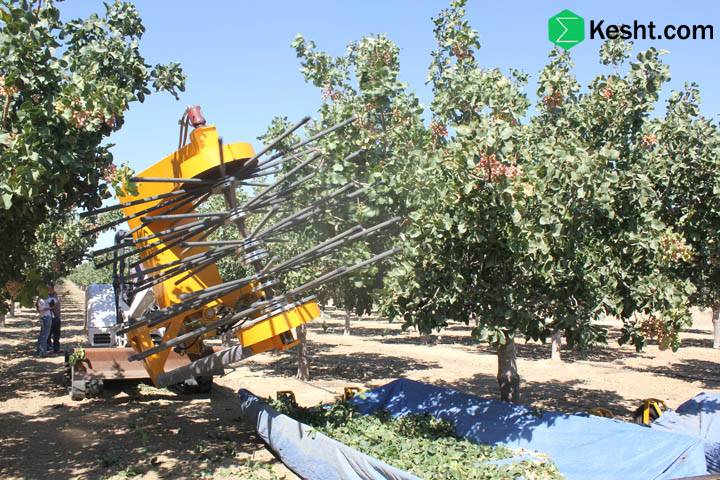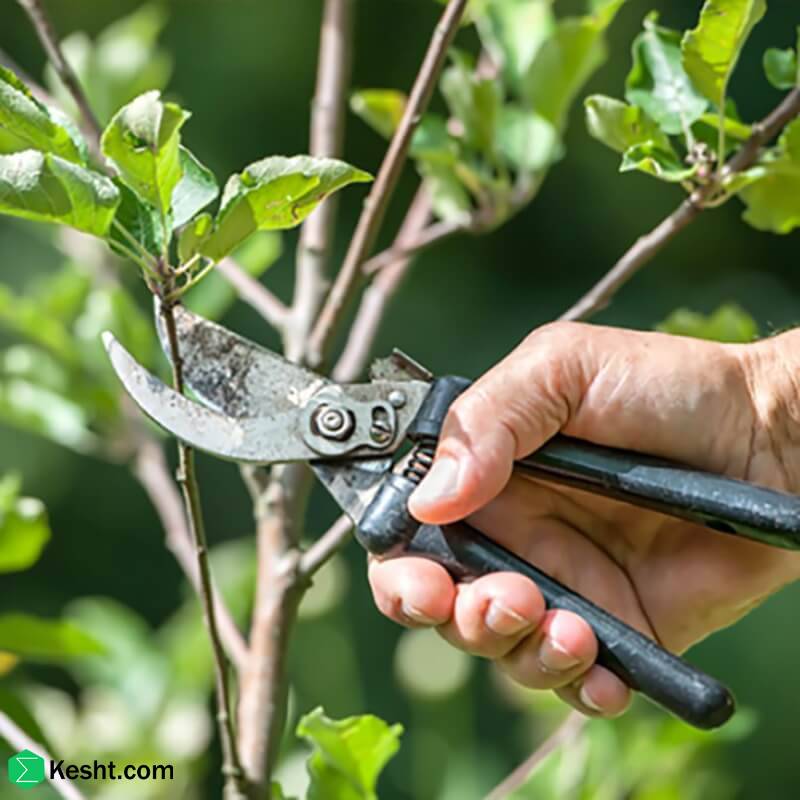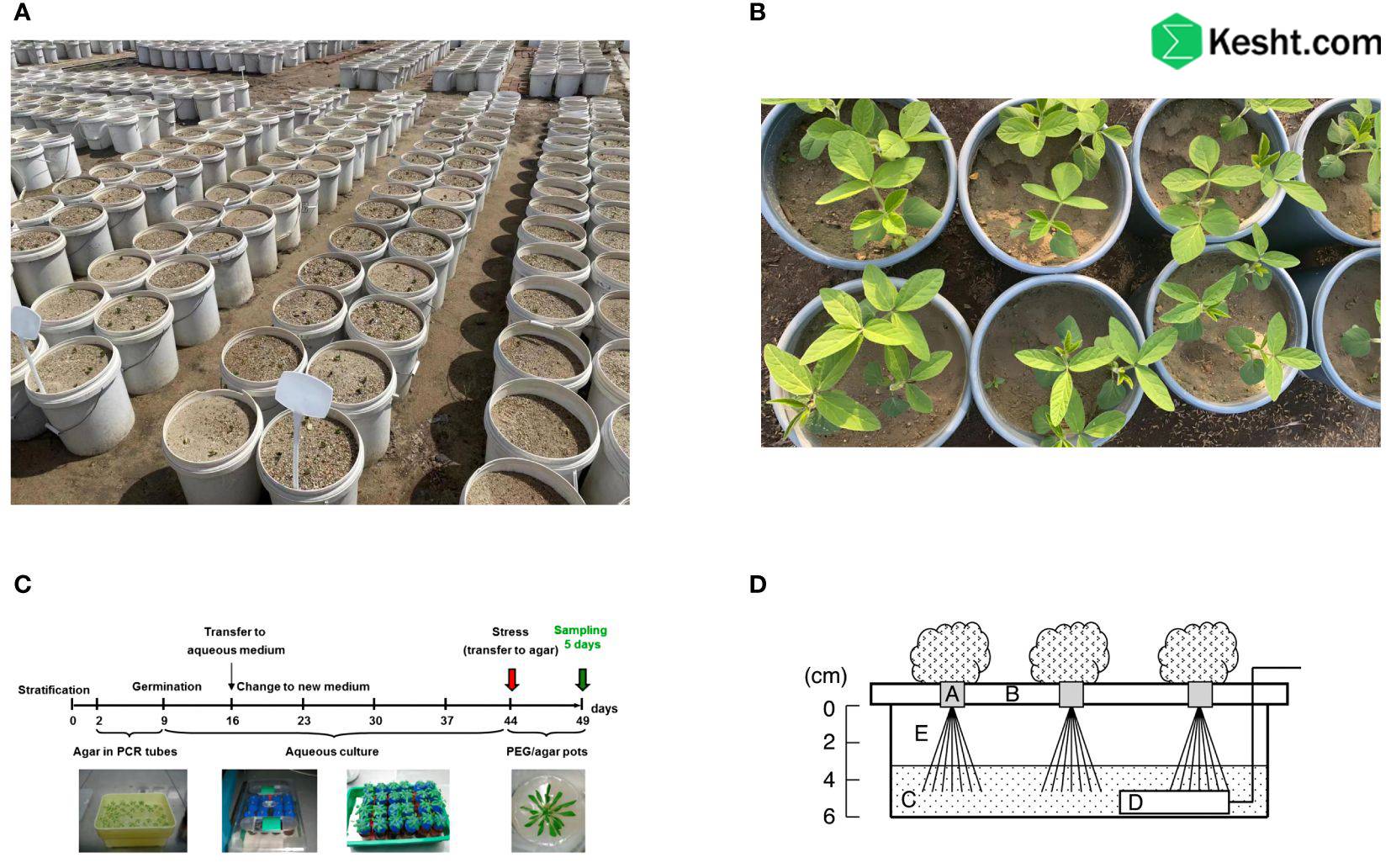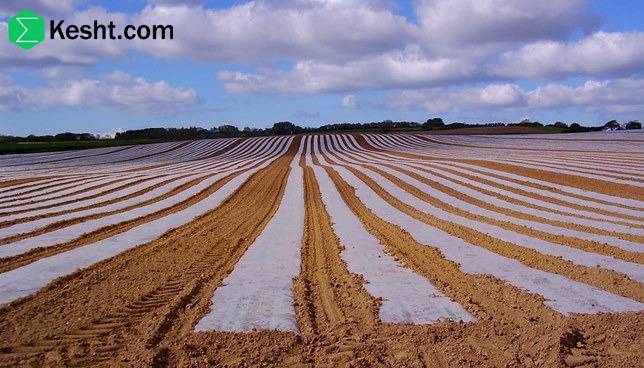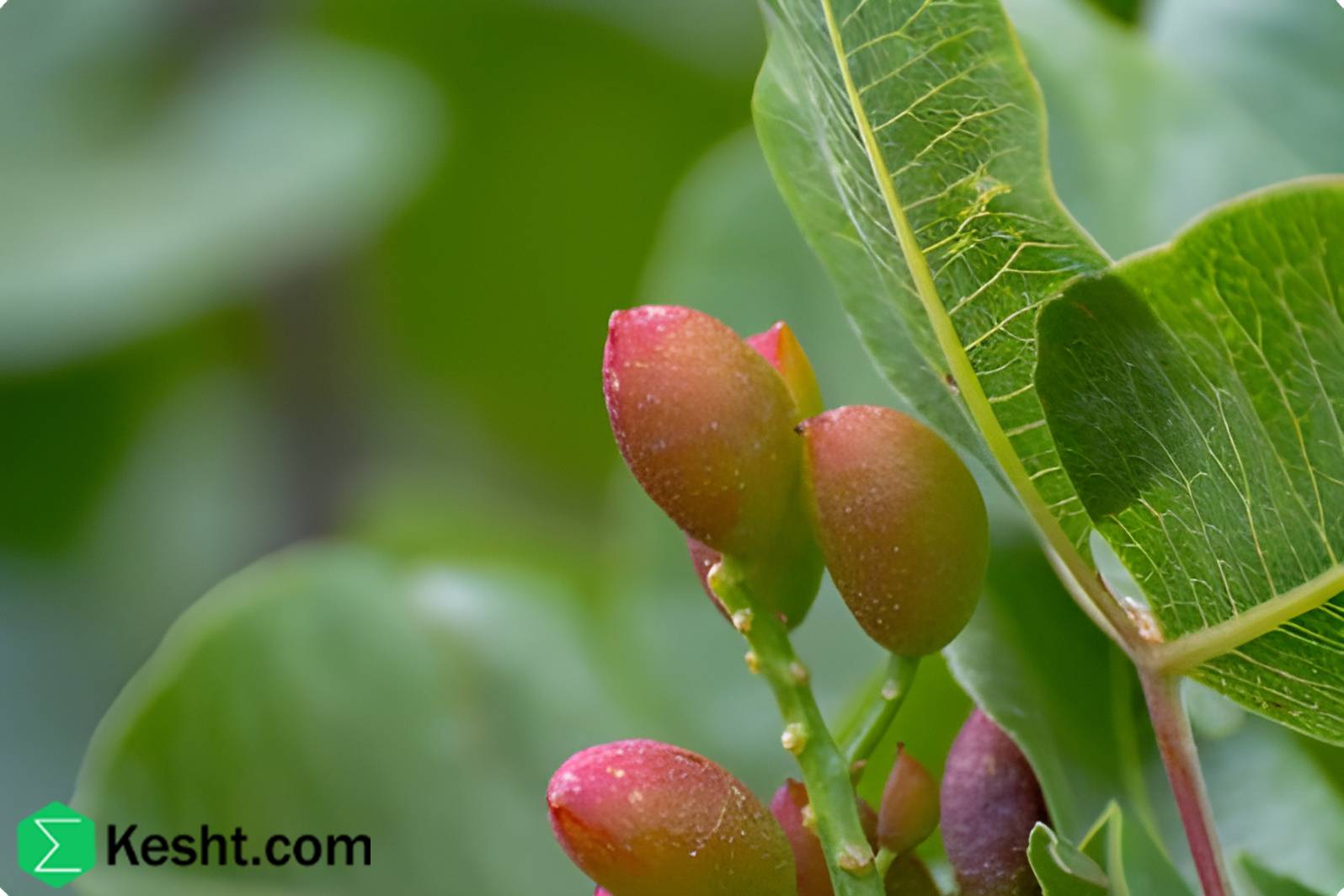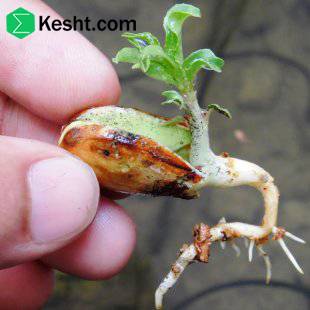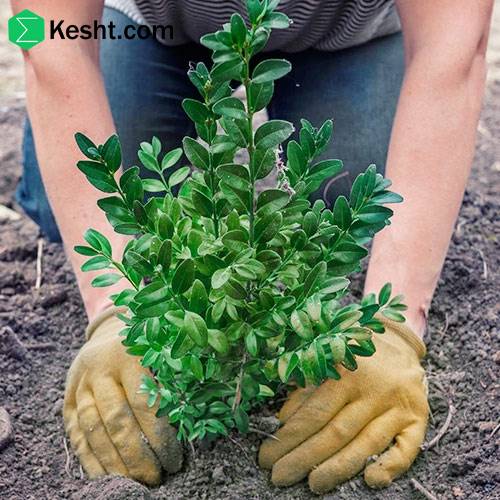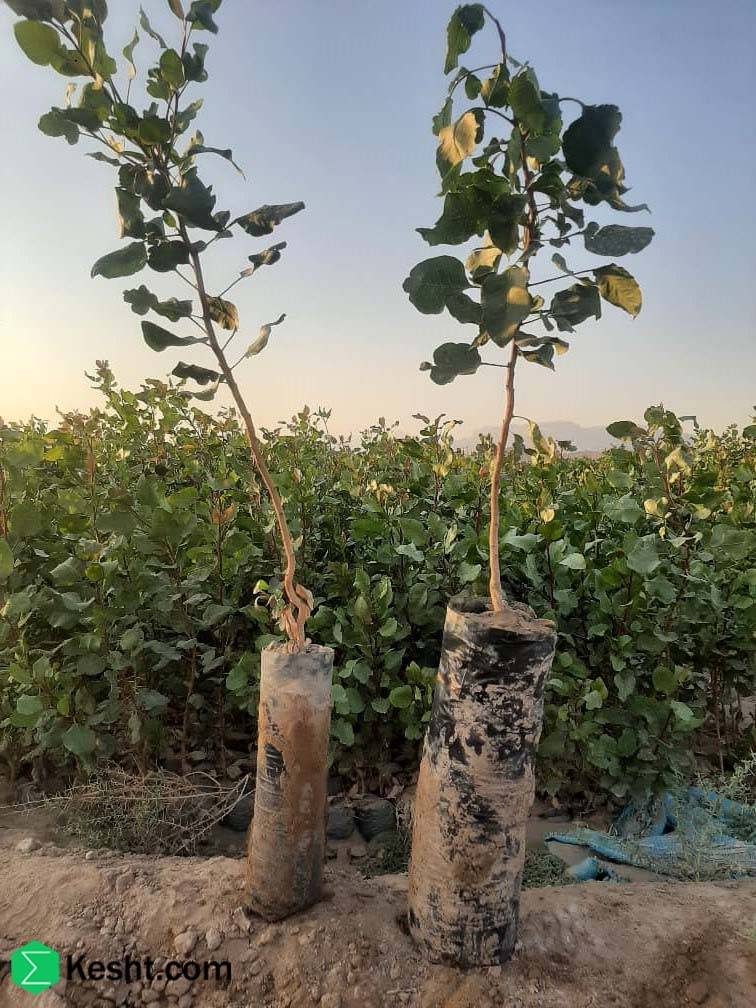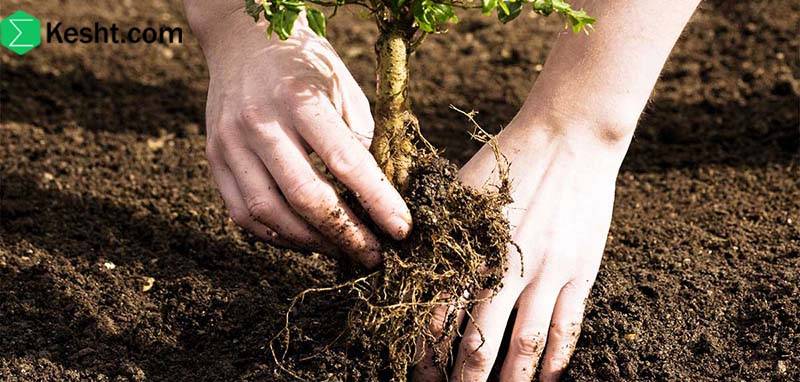Modern Methods for Planting Pistachio Seedlings If you want to establish a modern, uniform, and low-risk pistachio orchard, “modern seedling-planting methods” cover everything from rootstock choice and planting layout to irrigation and nutrition. Below is a practical, step-by-step guide. 1) Site selection and testing - Soil testing to 120–150 cm: texture, active lime, salinity (ECe), exchangeable sodium (ESP/SAR), and any hardpan. - Irrigation water quality: EC, SAR/sodium, chloride, and boron. Pistachio is relatively tolerant, but young seedlings are sensitive. - Drainage: the water table should be below 1.5–2 m. In heavy soils, use check-beds/raised beds. 2) Land preparation (before planting) - Deep plowing and subsoiling in one or two directions to 60–100 cm to break compaction layers. - Salinity/sodicity correction: add gypsum when SAR/ESP is high and carry out a planned leaching program. - Gentle laser leveling for uniform water distribution. - Organic matter improvement: broadcast and lightly mix in well-matured compost (10–20 t/ha). Do not put fresh manure in the planting hole. 3) Choosing rootstock and current cultivars - Certified, disease-free, container-grown (tall pot) seedlings with straight, non-circling roots. - Rootstocks: - UCB-1 (preferably clonal, if available): vigorous, better tolerance to Verticillium, more uniform yield; moderately sensitive to severe freezes. - Pistacia atlantica (beneh/subsp. mutica): more tolerant of drought and salinity; slower growth; relatively more susceptible to Verticillium. - Pistacia integerrima: vigorous with better Verticillium tolerance; sensitive to cold and salinity. - Market-preferred Iranian cultivars: Ahmad-Aghaei, Akbari, Kalleh-Ghuchi, Fandoghi. Always select a male that flowers concurrently with the female cultivar(s).

